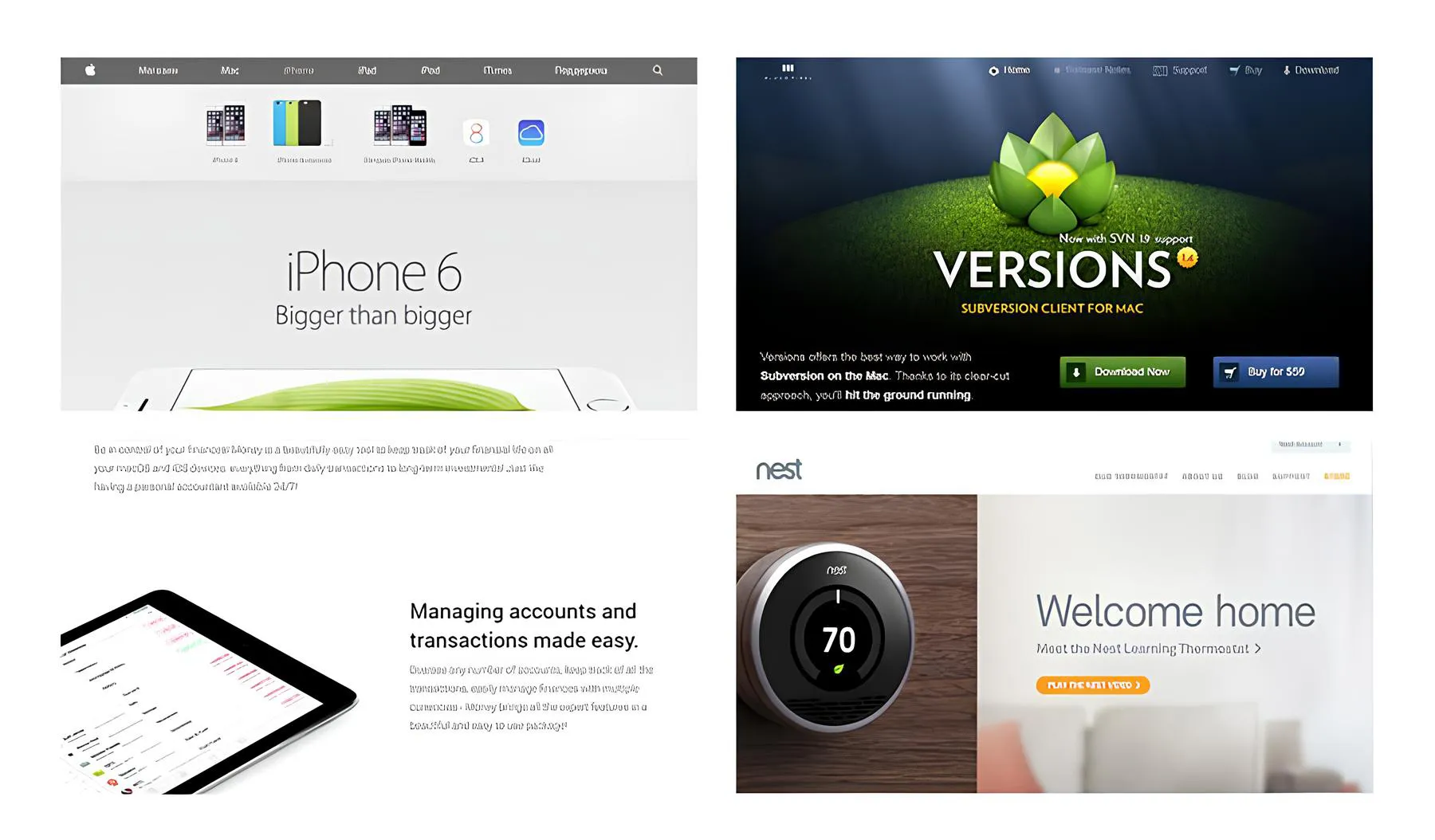

How to pick the right website template — 5 practical tips
23.09.2025, 18:45
113
1. Match the template to your brand (don’t force it)

A template should feel like a natural extension of your brand, not a costume you’re trying to squeeze into. Look at colors, type, and overall mood. If your brand is minimal and premium, a loud, crowded template will force a lot of custom work and still may feel “off.” Instead, pick a layout that’s already close to your visual identity and tweak the rest.
Quick idea: visit a few polished brand sites you admire (Nike and Apple are classic examples) and note what makes them consistent: simple hierarchy, clear spacing, and a limited palette. Use those observations to judge templates.

2. Design for the user journey, not for your ego
Think in terms of what visitors are trying to do. Are they researching, comparing options, or ready to buy? Map the path you want them to take—landing → learn → decide → convert—and choose a template that naturally supports those steps.
For ecommerce, prioritize templates with obvious product discovery and streamlined carts. For service businesses, choose layouts built around lead capture and client stories. The template should make the next step obvious for the visitor, not require guesswork.
3. Make sure it’s built for performance and SEO
Templates affect page speed and how search engines read your site. Look for clean structure, light-weight code, and good mobile behavior. Mobile-first responsiveness is non-negotiable now, so preview templates on several device sizes.
Also check for support of structured data (schema), sensible heading order, and automatic meta tag controls. These elements make it easier for search engines to understand your content and can boost visibility without extra plugins.
4. Let customer research guide the choice
Your audience should decide the balance between bells and whistles. Run quick surveys, review analytics, or inspect heatmaps to see how people actually use your current site. Do they scroll past long intros? Do they click product filters or search straight away?
Competitive research helps, too: look at successful websites in your niche and note recurring patterns. A template that goes against strong user expectations (for example, hiding product prices on an ecommerce site) will create friction.
5. Prioritize practical features over pretty extras
It’s tempting to pick a template for flourishes, but the job of a website is to get work done. Confirm the template supports the features you need: payment gateways, subscription forms, membership tools, product filtering, multilingual support—whatever matters for your goals.
Also consider technical decisions like unit systems. If a template uses fixed px values and you need responsive typography, converting those values to rem units makes the site scale more predictably across devices. (Pro tip: you can convert px to rem quickly with a PX to REM Converter — https://alterdraft.com/px-to-rem.)
A quick checklist before you commit
Does the template reflect your brand’s tone and colors?
Does the layout support the visitor path to conversion?
Is the code clean, fast, and mobile-ready?
Have you validated choices with customer data or competitor patterns?
Does it include the integrations and features your business needs?
Wrap-up
Choosing a template isn’t about the flashiest demo—it's about fit. Pick something that respects your brand, guides users toward your goals, plays nicely with search engines, follows what your customers expect, and includes the practical tools you need. Do that, and the rest of the design work becomes polishing, not rebuilding.
Development






